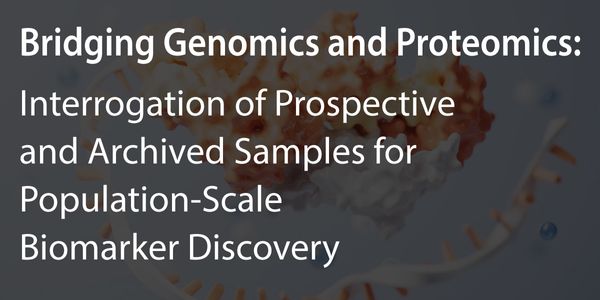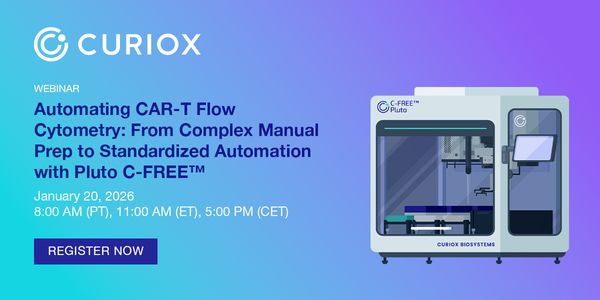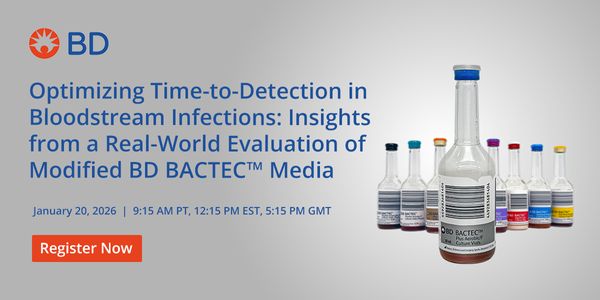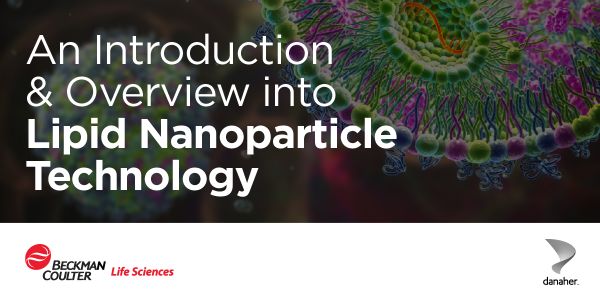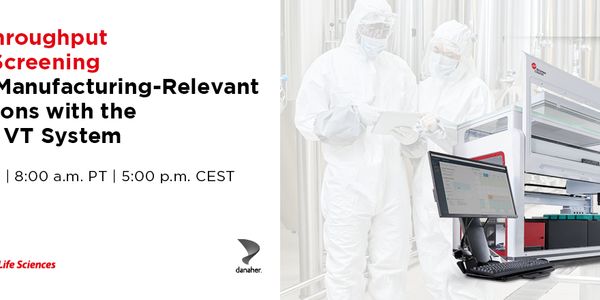
Using iPSCs and Genome Engineering to Build Disease Models
-
David Piper, PhD
Director of R&D, Cell Biology, Thermo Fisher ScientificBIOGRAPHY
Developing therapies for human diseases continues to face obstacles, particularly in translating targets or compounds identified by in vitro screening campaigns to valid targets or efficacious and safe compounds once tested in humans. Here we discuss strategies that leverage induced pluripotent stem cells (iPSCs) to increase the relevance of cell models for these in vitro approaches. We review current advances in genome engineering and how to leverage a portfolio of these tools to generate knock-out and knock-in models for use in target or compound identification. Specifically, we demonstrate this approach with induced pluripotent stem cells (iPSCs) to build isogenic disease models, which can be further differentiated to various cell types of interest that are more directly related to a disease area than commonly used immortalized cell lines. We expect strategies combining genome engineering and stem cells to provide platforms for more robust disease models that will provide more predictable translation of in vitro to in vivo results.
Using iPSCs and Genome Engineering to Build Disease Models
Please update your information
Certificate of Participation
DOWNLOAD CERTIFICATE


